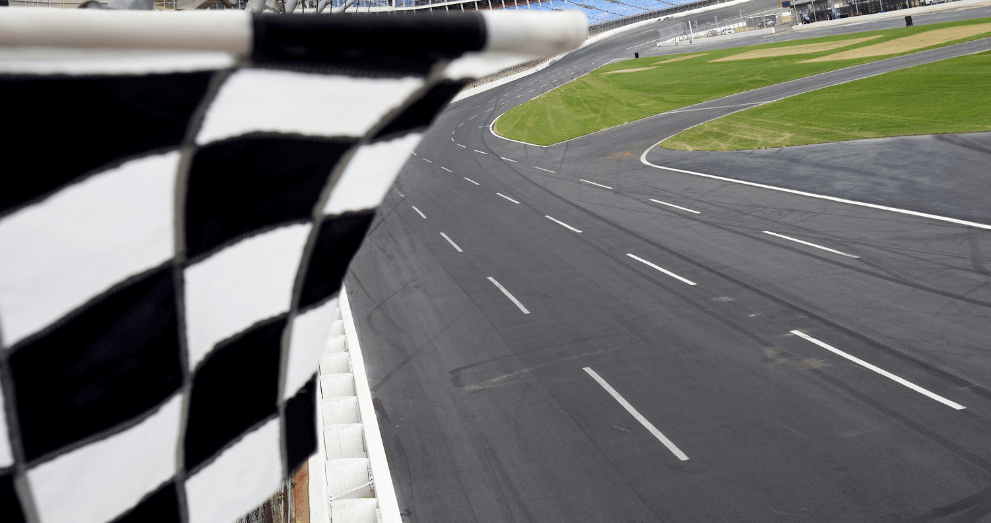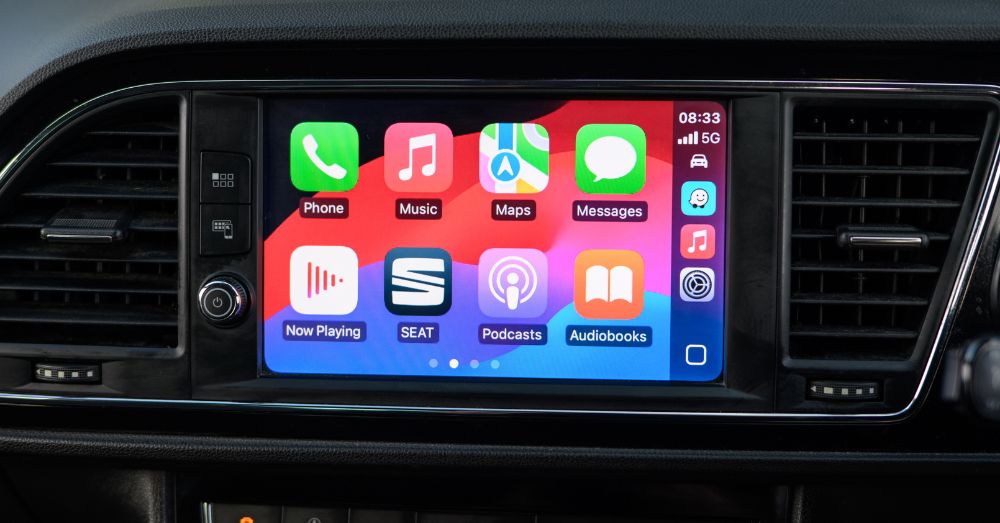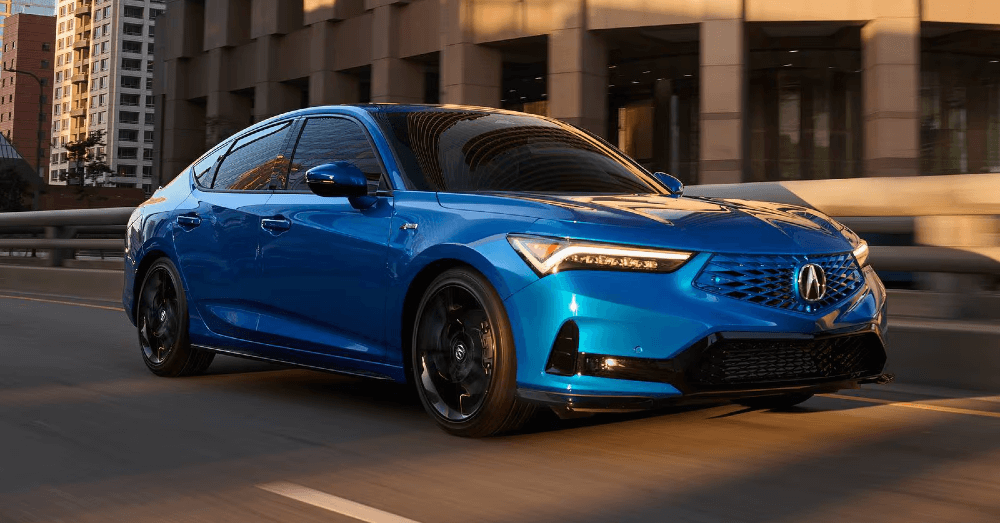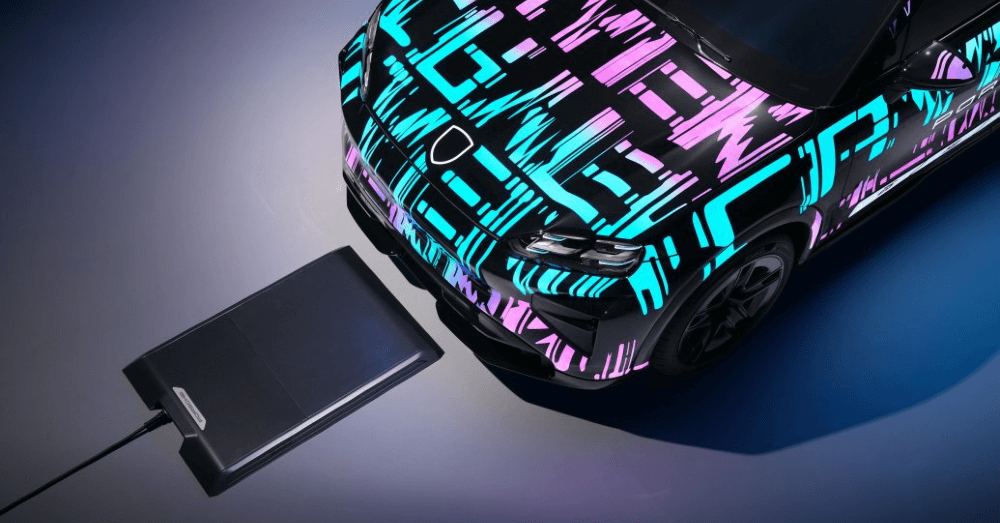Inside the Indianapolis Motor Speedway Museum: Where Racing History Meets Automotive Innovation

Walk through the doors of the newly renovated Indianapolis Motor Speedway Museum and you’re stepping into more than just a showcase of fast cars. You’re entering a living laboratory where over a century of racing breakthroughs have shaped the very vehicle sitting in your driveway today. From the rear-view mirror that helps you change lanes safely to the advanced safety systems that protect your family, countless automotive breakthroughs were born on the track and made their way to Main Street America.
- The $89 million renovation completed in April 2025 features 40,000 square feet of new interactive exhibits, making it one of the world’s premier automotive destinations
- Racing breakthroughs like rear-view mirrors, aerodynamics, and front-wheel drive were first tested at Indianapolis before becoming standard in everyday cars
- Modern safety features in consumer vehicles, from collision systems to SAFER barriers, trace their origins directly back to racing technology developed at the Speedway
A Complete Transformation Worth the Wait
After 17 months of construction and the first major renovation in 40 years, the Indianapolis Motor Speedway Museum reopened its doors in April 2025 with a completely reimagined experience. The timing couldn’t be better, welcoming visitors just ahead of the 109th running of the Indianapolis 500.
The renovation wasn’t about fresh paint and new displays. This $89 million investment created 40,000 square feet of additional space packed with immersive experiences that bring racing history to life. Walking through the new Heritage Group Gasoline Alley Gallery feels like stepping back in time, with surfaces that recreate the original 1909 track’s crushed rock and tar foundation transitioning to brick and then to modern asphalt.
Seven historically accurate garages line this recreated street, each representing different eras of racing history. You’ll see everything from the primitive workshop conditions of early racing to the high-tech operations of today’s teams. The attention to detail is remarkable, even the sounds and lighting change as you move through the decades.
Where Breakthroughs Get Their Start
Here’s what makes this museum special: it tells the story of how racing drives everyday automotive development. The Indianapolis Motor Speedway was originally built as a proving ground for the developing automotive industry, and that legacy continues today.
Ray Harroun’s 1911 Marmon Wasp, winner of the first Indianapolis 500, introduced two features we can’t imagine driving without: the rear-view mirror and aerodynamic design. That distinctive “wasp” tail wasn’t for looks, it was one of the first attempts to use aerodynamics to improve a car’s performance. Today, every car on the road benefits from aerodynamic principles first tested at racing speeds.
Front-wheel drive technology made its racing debut here in the mid-1920s with a Harry Miller-built car. Though it didn’t catch on in consumer cars until the 1970s, the technology was proven at Indianapolis decades earlier. Even seemingly mundane things like banked turns and guardrail technology got their start at the Speedway.
Interactive Experiences That Put You in the Driver’s Seat
The new museum goes way past static displays. The Starting Line Experience drops you into an immersive environment with an 80-foot LED screen that recreates the pageantry leading up to race start. When the video reaches “Drivers, start your engines,” the actual race cars on display roar to life around you. It’s goosebump-causing even for casual racing fans.
State-of-the-art racing simulators let you try qualifying for the Indianapolis 500 yourself. Don’t worry about being embarrassed, these simulators are designed for all skill levels, including a wheelchair-accessible version controlled entirely by the steering wheel.
The pit stop challenge teaches you the tools and techniques used by professional crews. Try changing a tire under pressure and you’ll gain new appreciation for the 12-second pit stops that can make or break a race. Kids especially love this hands-on experience, though adults often find themselves surprisingly competitive about their times.
A World-Class Collection Gets Better Display
The museum houses over 200 vehicles, with about 75 cars on display at any given time. The collection includes more than 30 Indianapolis 500 winning cars, representing every era of the race’s history. The new John H. Holliday Family Indianapolis 500 Winners Gallery displays these champions on hydraulic platforms angled at 45 degrees, letting you peer inside the cockpits where legends made history.
From the 1911 Marmon Wasp to Dan Wheldon’s 2011 Dallara, each car tells a story of technical evolution. The new displays include better lighting and detailed signage that explains what you’re seeing and why these developments mattered.
The newly accessible basement storage area, once shrouded in mystery and open only by invitation, is now available for all visitors to explore. This reveals even more of the collection’s depth and the meticulous care taken to preserve racing history.
Technology That Saves Lives Today
The museum does an excellent job connecting racing developments to everyday safety. The SAFER barriers now standard at racetracks were developed and tested at Indianapolis before being adopted worldwide. NASCAR’s HANS device, fire suppression systems, and crash-test technologies all found their way from racing into consumer vehicles.
Modern features like collision mitigation systems, lane-keeping assistance, and advanced airbag designs all trace their development back to racing programs. When you see how these technologies perform under racing conditions, you understand why they’re so effective in everyday driving situations.
The museum’s new Workshop, sponsored by the Allen Whitehill Clowes Charitable Foundation, offers STEAM education programs that show students how racing drives technological advancement. It’s hands-on learning that connects science and engineering principles to real-world applications.
An Inclusive Experience for Everyone
The renovation prioritized accessibility in ways that go past ramps and wider doorways. The museum is working with KultureCity to become Sensory Inclusive, offering sensory bags with noise-reducing headphones, fidget toys, and light-filtering glasses. Designated “headphone areas” help visitors with sensory sensitivities enjoy the experience comfortably.
A wellness room provides a quiet, private space for nursing mothers or anyone needing a sensory break. These thoughtful additions make the museum welcoming for families with diverse needs.
Planning Your Visit
The museum is open daily from 9 a.m. to 5 p.m., with adult admission at $25 (seniors 55+ and children receive discounts). Located at 4750 W. 16th Street in Speedway, Indiana, it’s accessible through Gate 2 on the north side of 16th Street.
Parking is free during non-event days, but plan extra time during race weekends when special shuttles operate from main parking lots. Consider adding a track tour to your visit, the famous “Kiss the Bricks” experience lets you walk on the start/finish line and touch the iconic yard of bricks.
The museum’s Track Lounge serves as your departure point for various tour options, from 30-minute bus tours to 90-minute golf cart experiences with expert guides. An interactive 3D track map shows how the Speedway evolved from 1909 to today.
Racing’s Real Impact on Your Daily Drive
What sets the Indianapolis Motor Speedway Museum apart is how it connects past development to future possibilities. Standing among these historic race cars, you’re looking at the proving ground for tomorrow’s automotive technology.
Electric vehicle development, autonomous driving systems, and advanced materials testing all continue the Speedway’s tradition of pushing automotive boundaries. The museum succeeds in showing how this iconic venue remains relevant in shaping the cars we’ll drive in years to come.
Whether you’re a devoted racing fan or someone who simply appreciates good engineering, the renovated museum offers something fascinating. It’s a place where the romance of racing meets the practical reality of automotive progress, all housed in one of motorsports’ most hallowed venues.
The next time you adjust your mirrors, rely on your car’s safety systems, or benefit from improved fuel efficiency, remember that these developments likely got their start right here at Indianapolis. The museum makes those connections clear and celebrates the ongoing relationship between racing excitement and everyday transportation.
This post may contain affiliate links. If you buy products through these links, we may receive a commission, at no additional cost to you.






